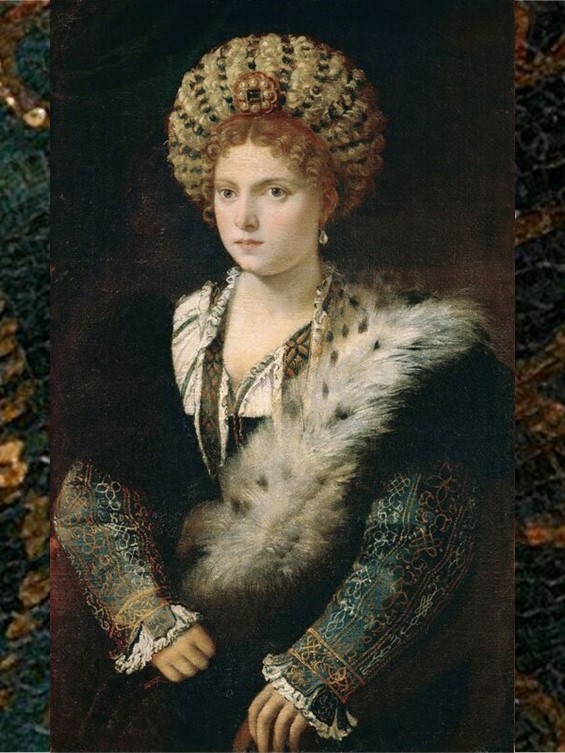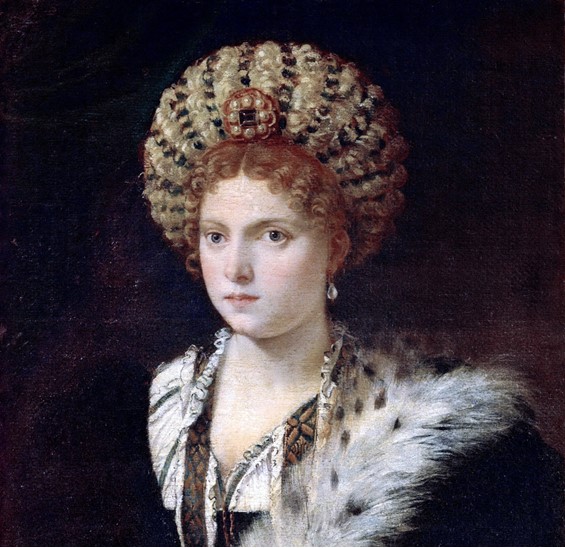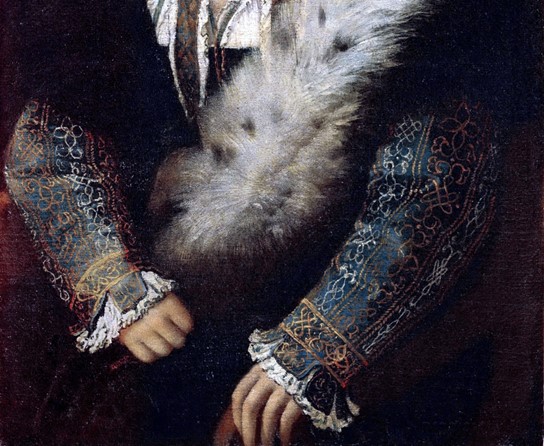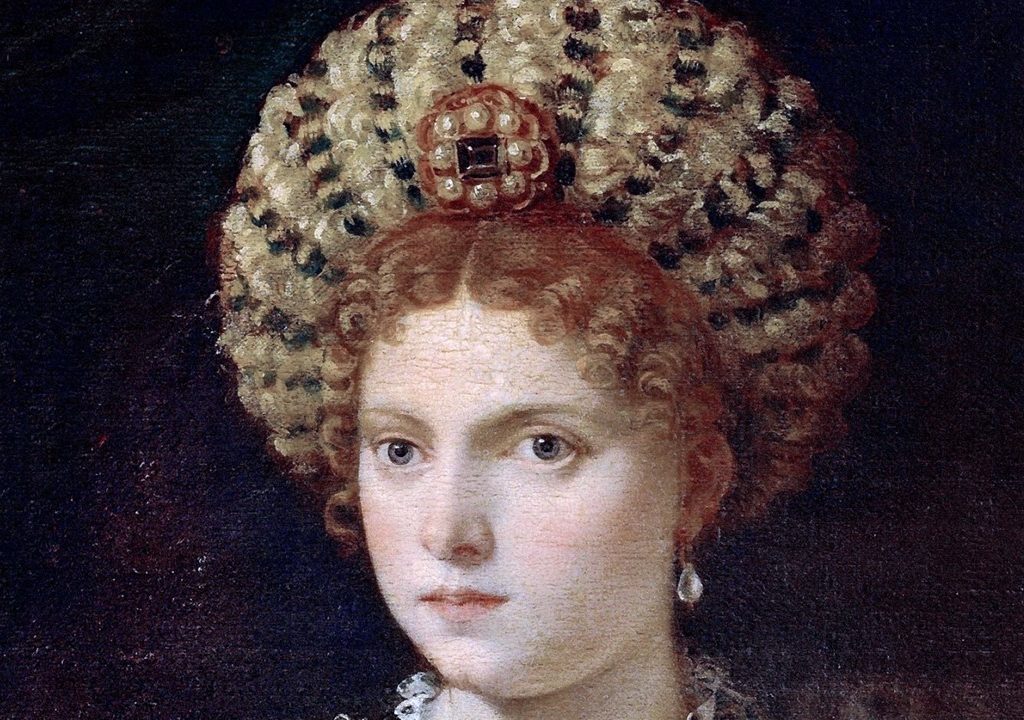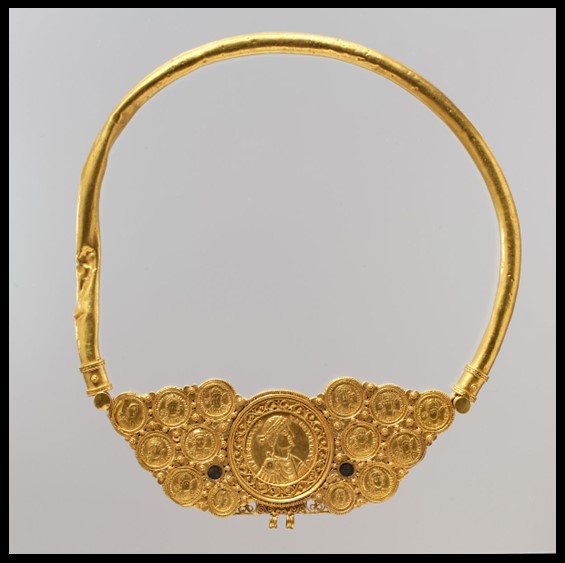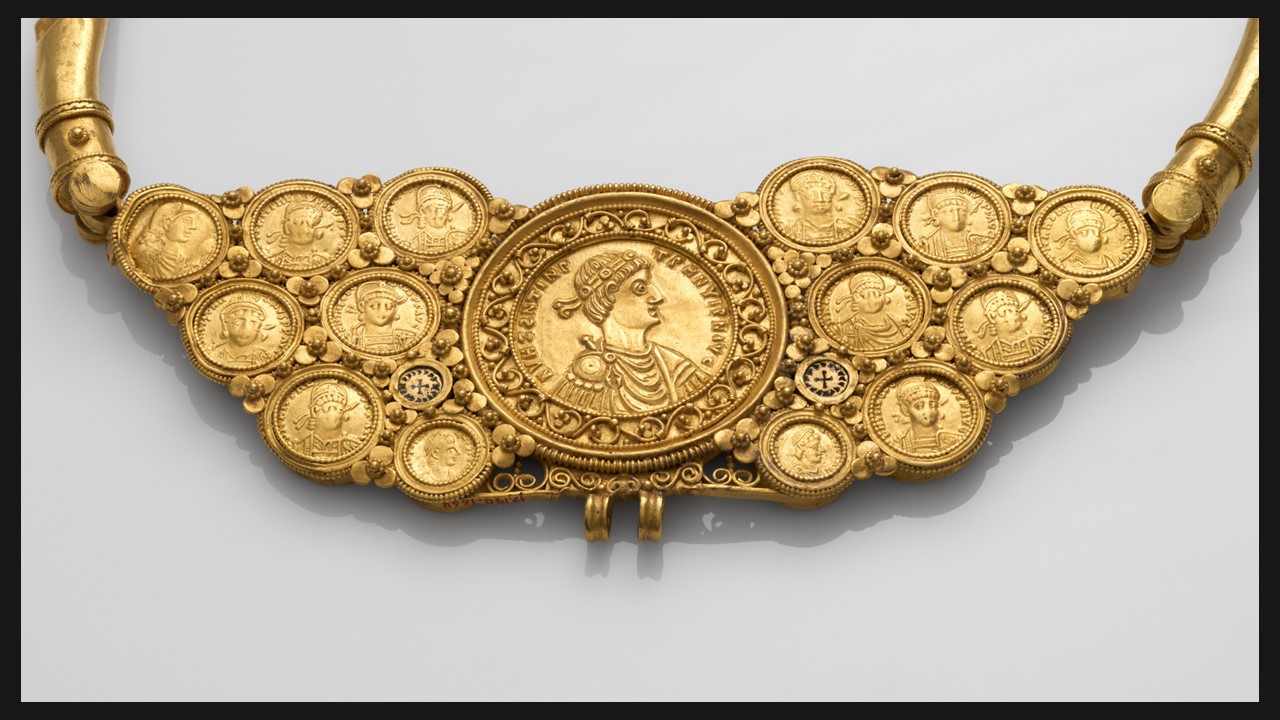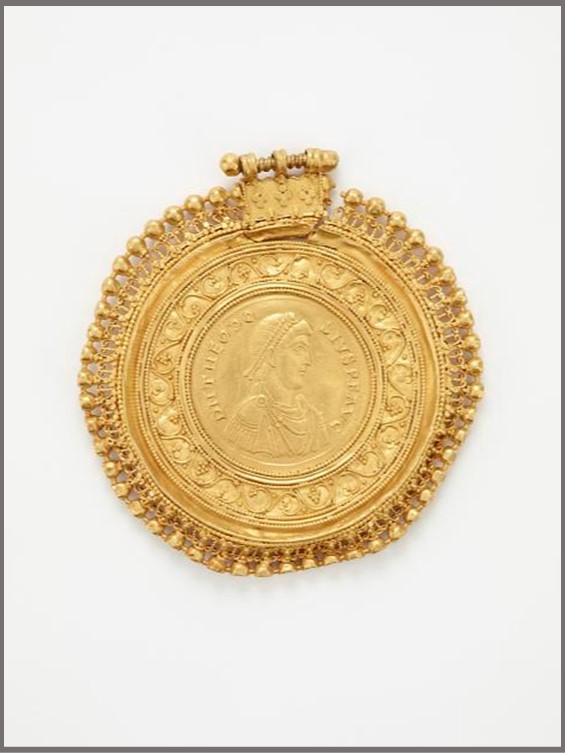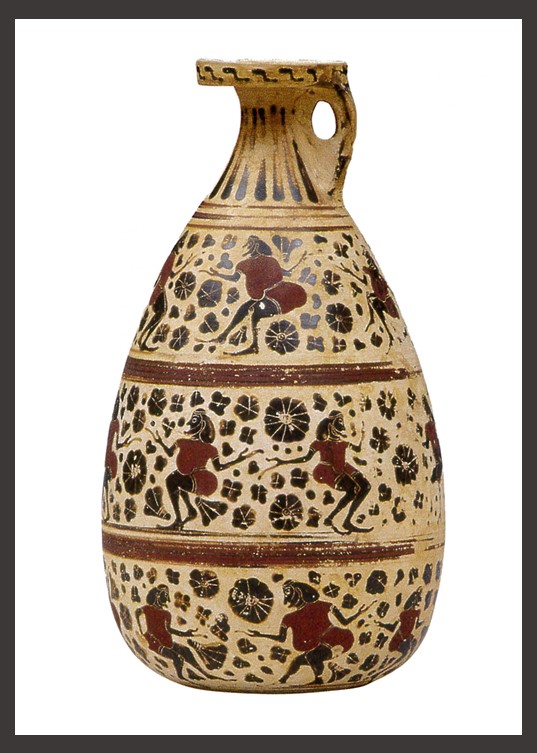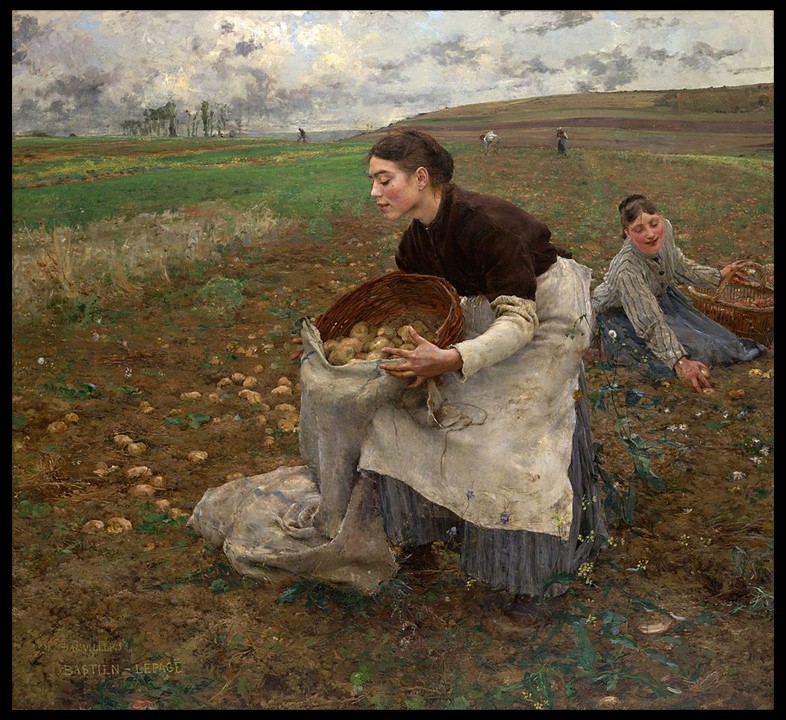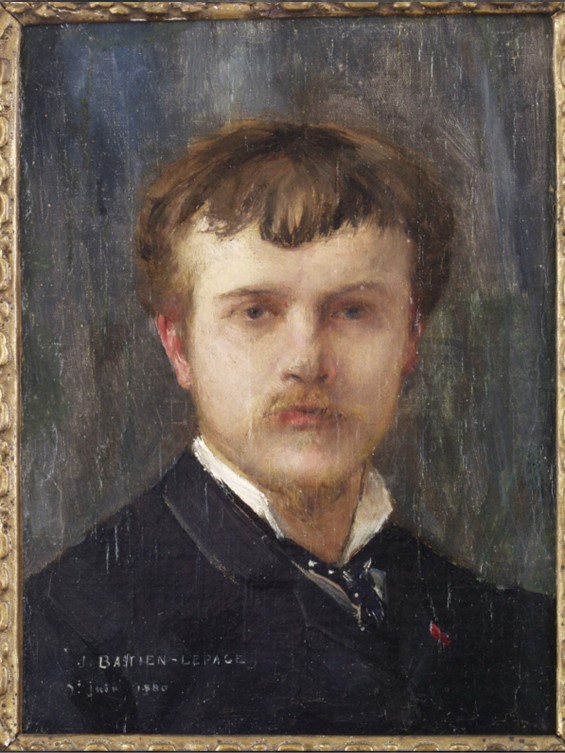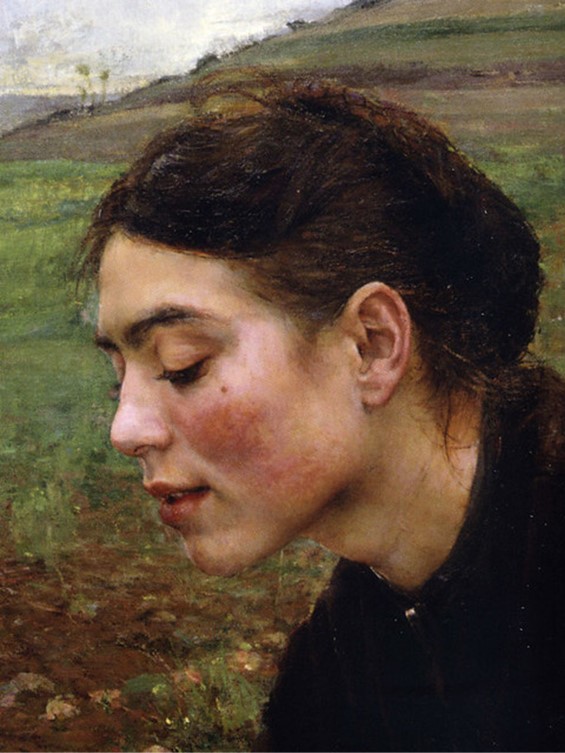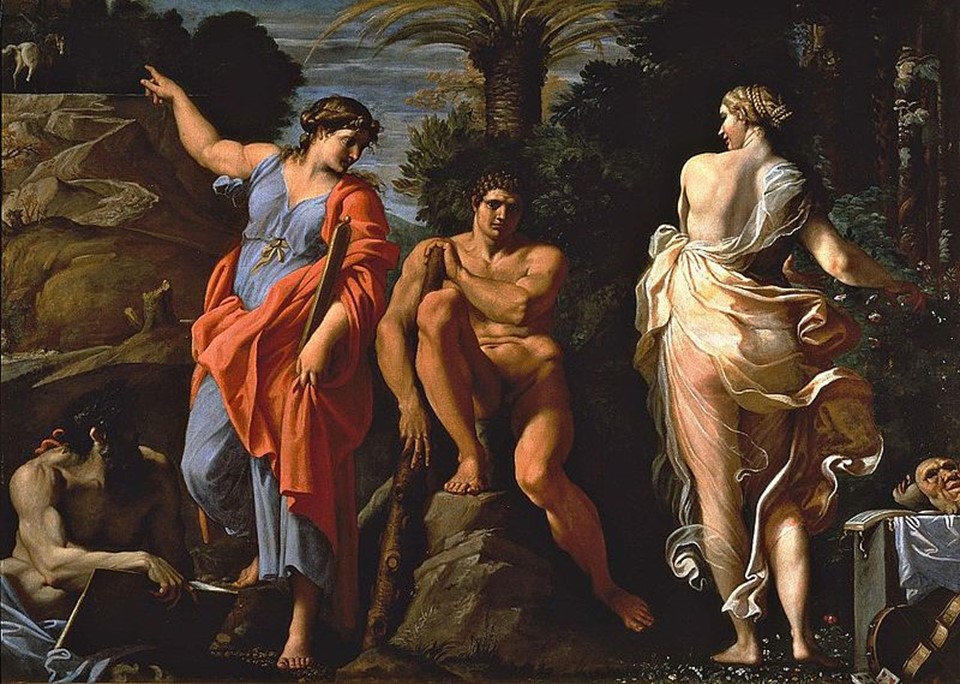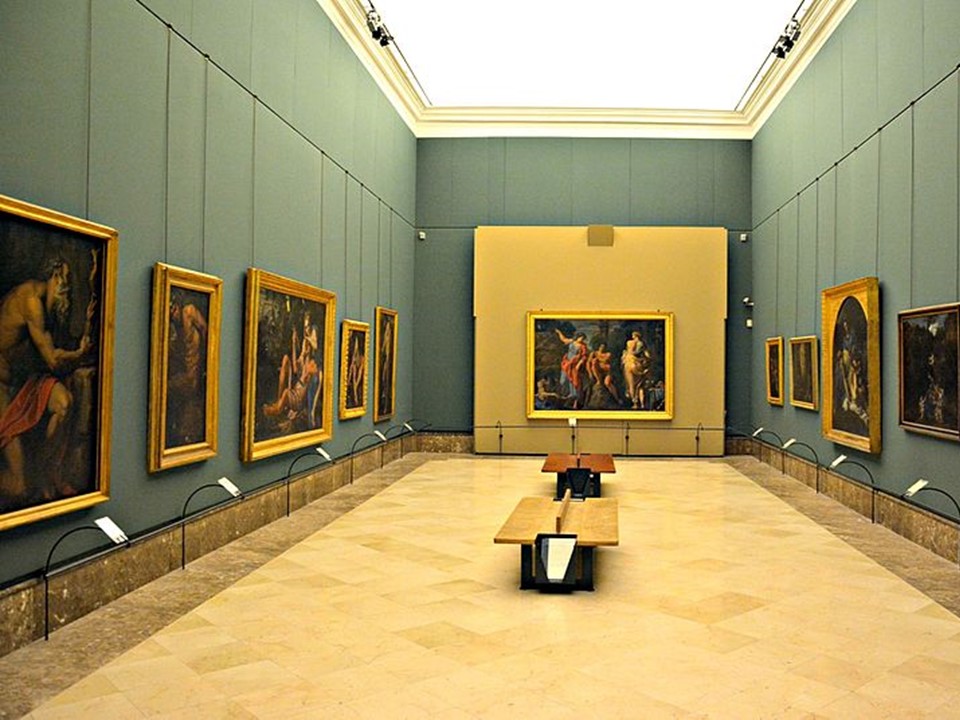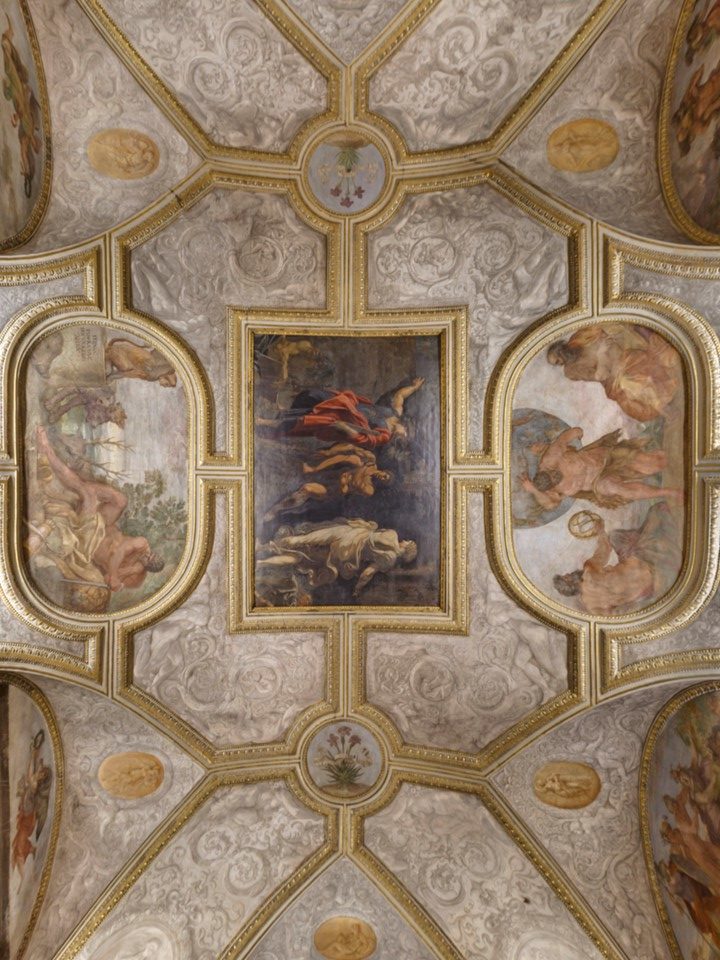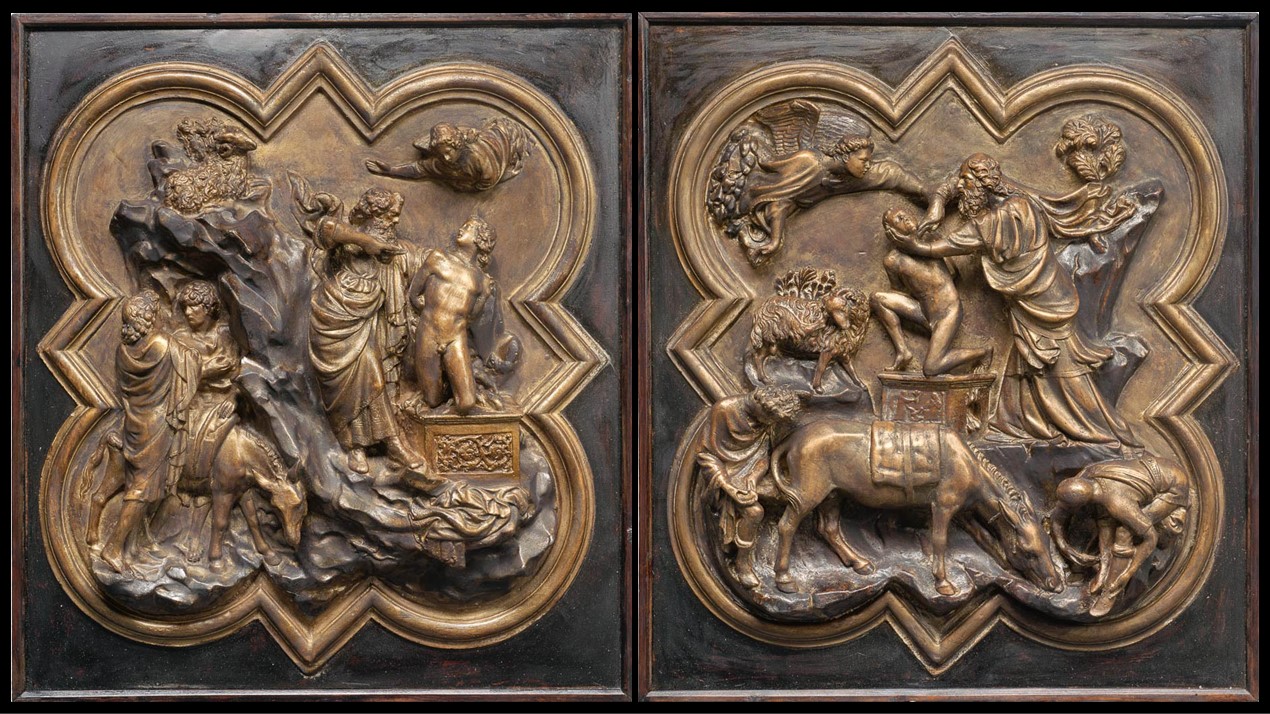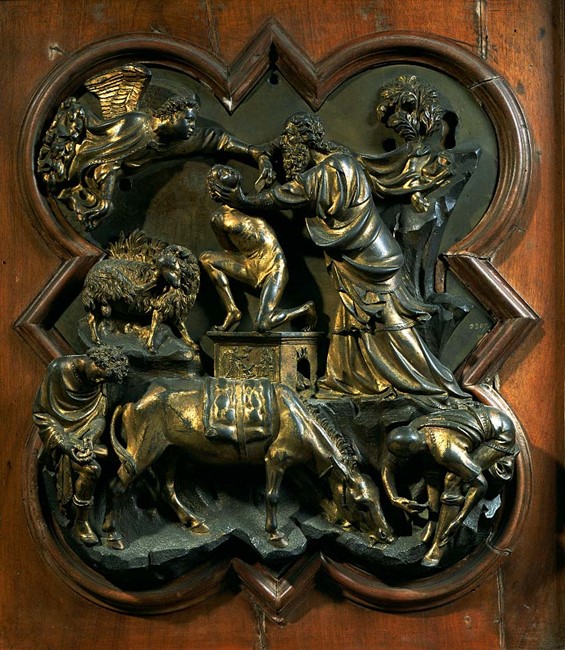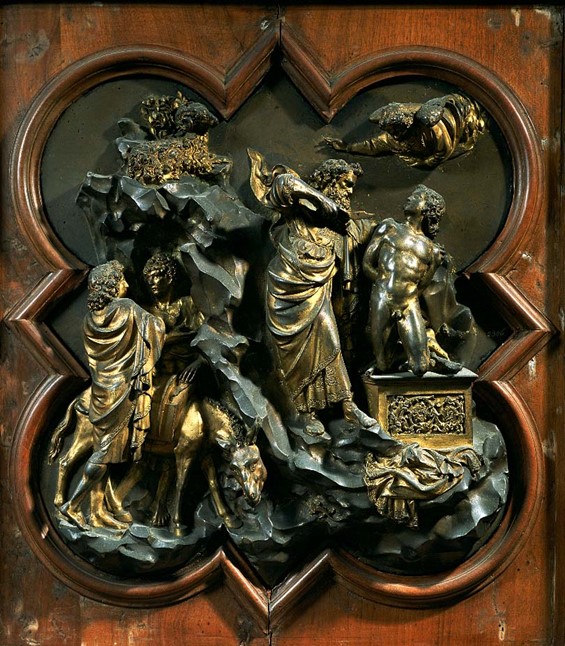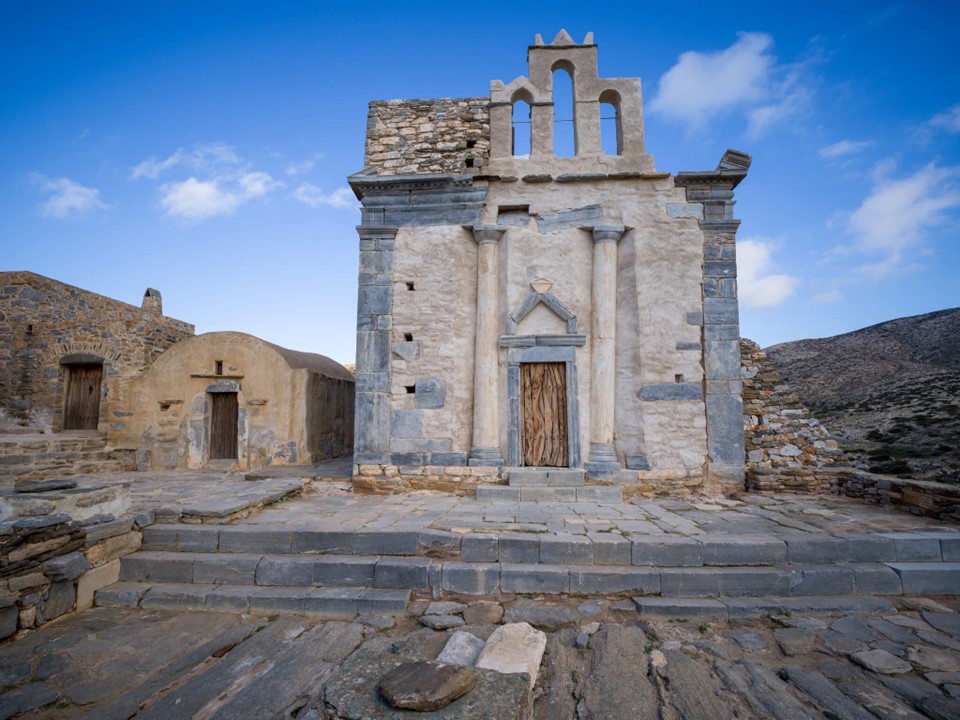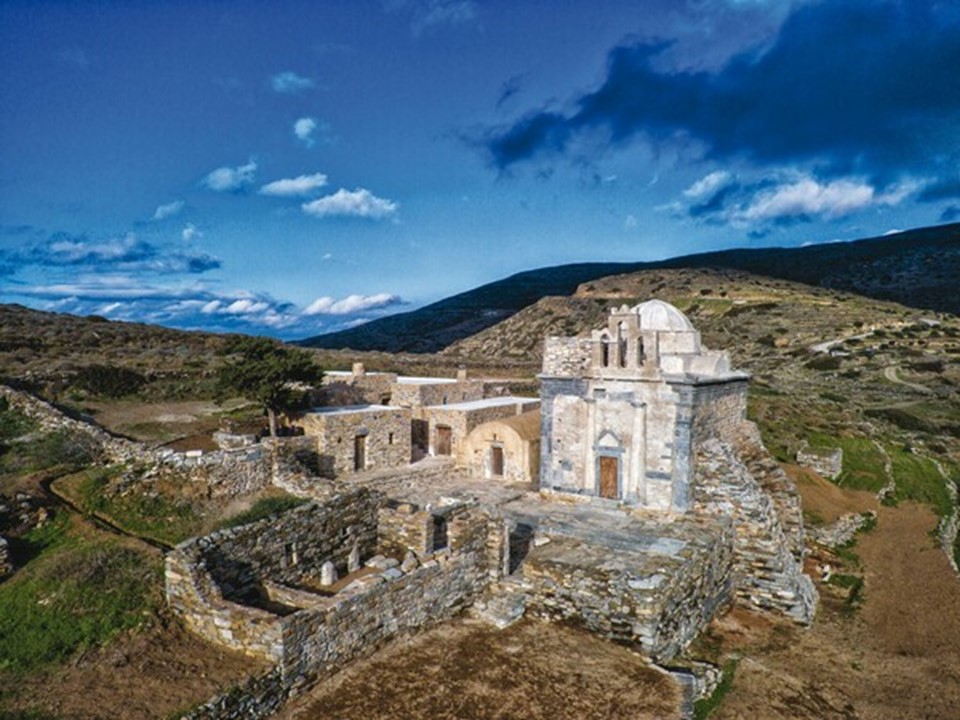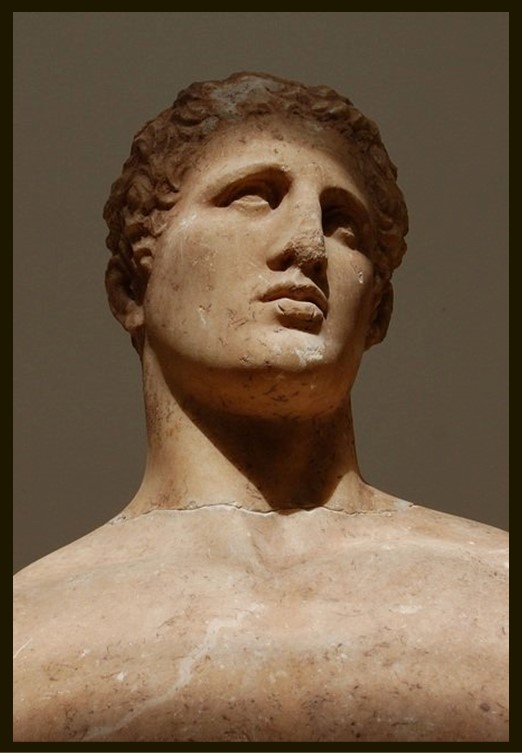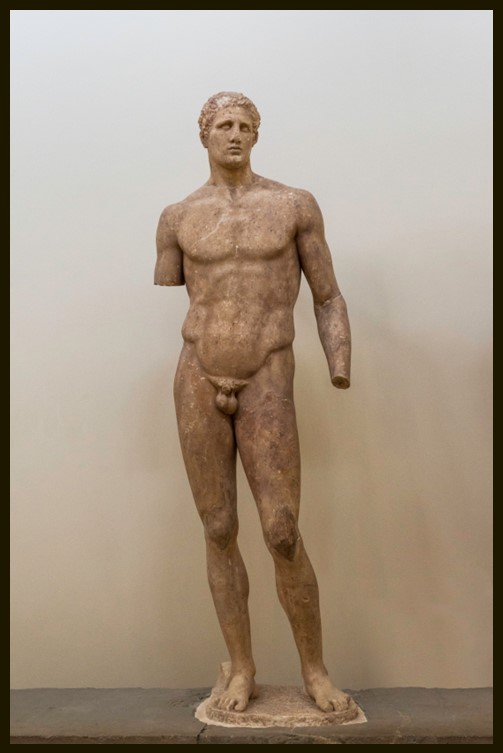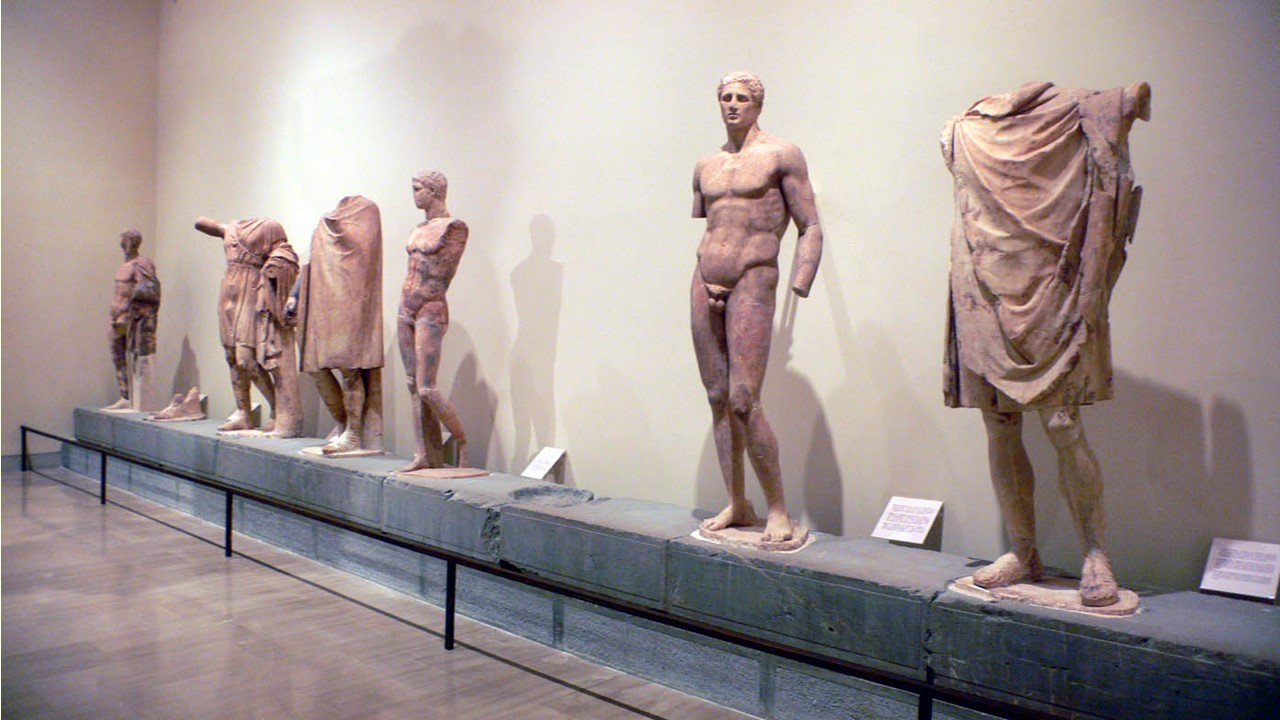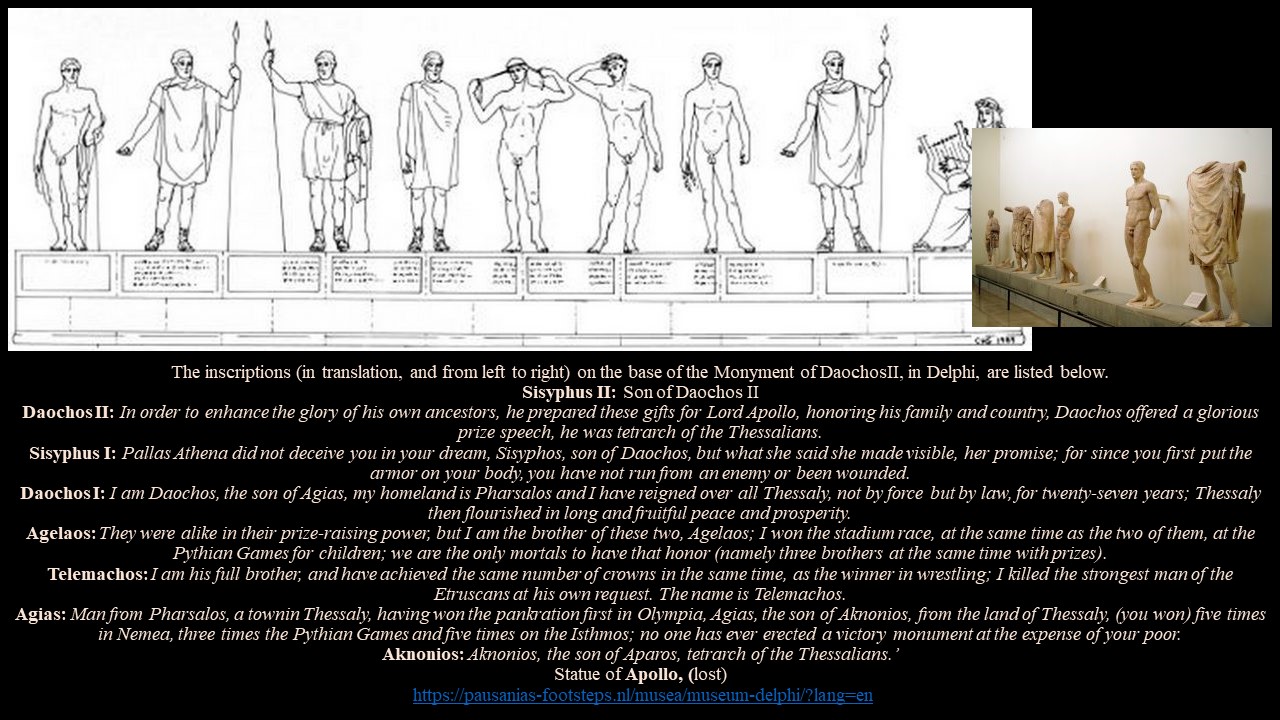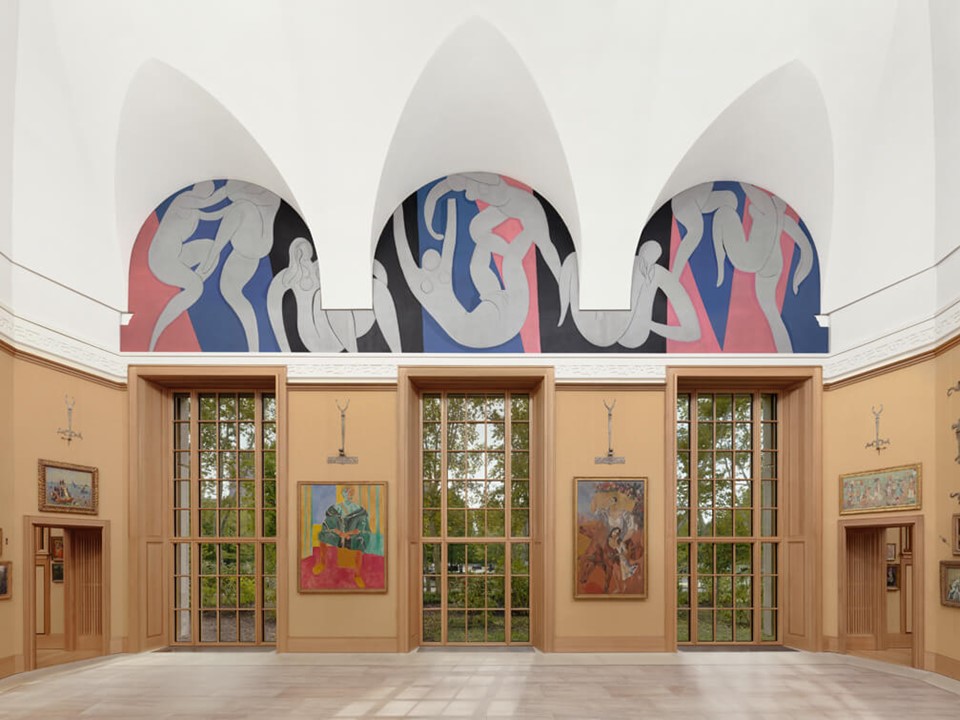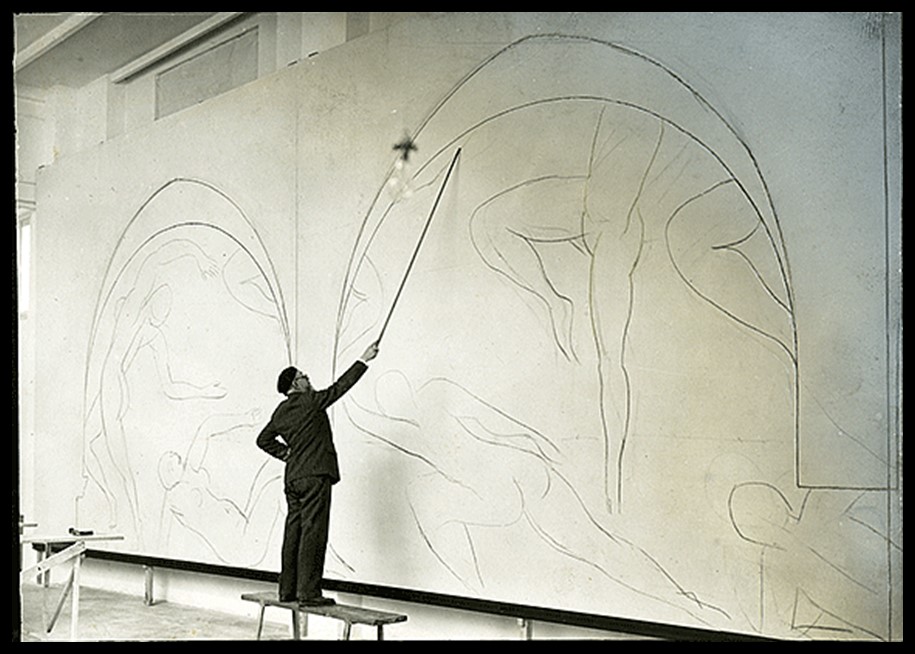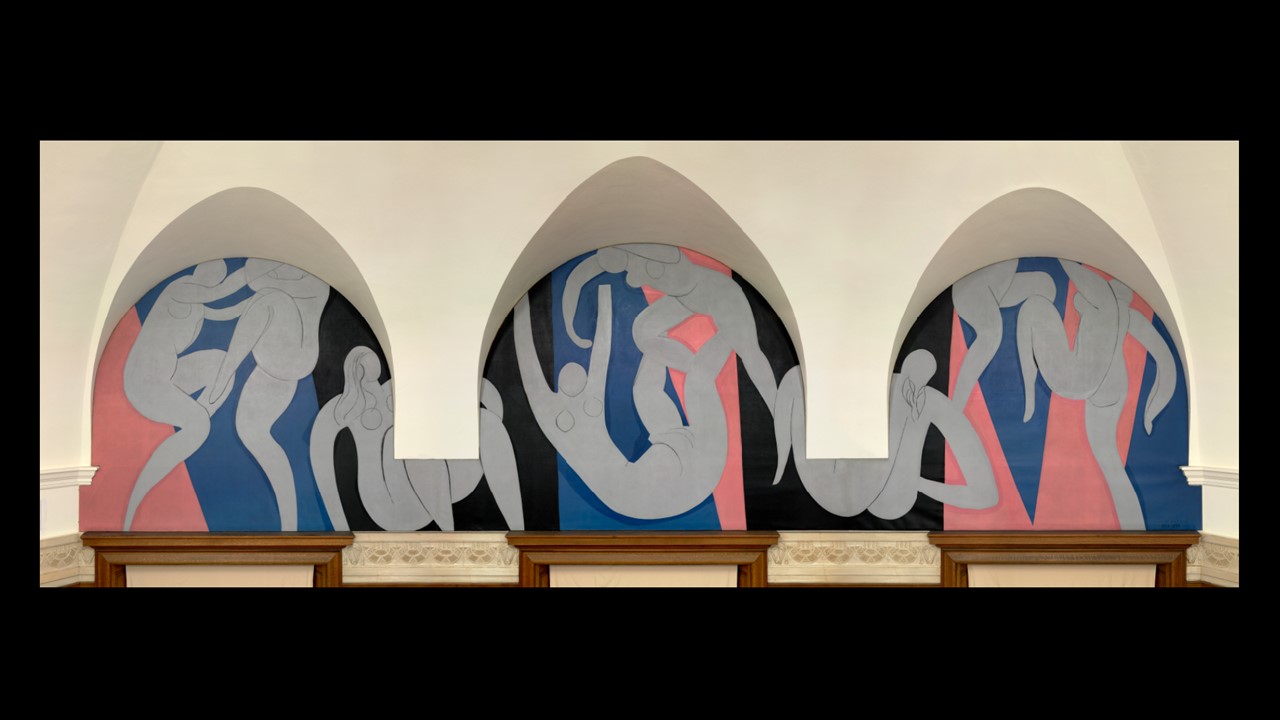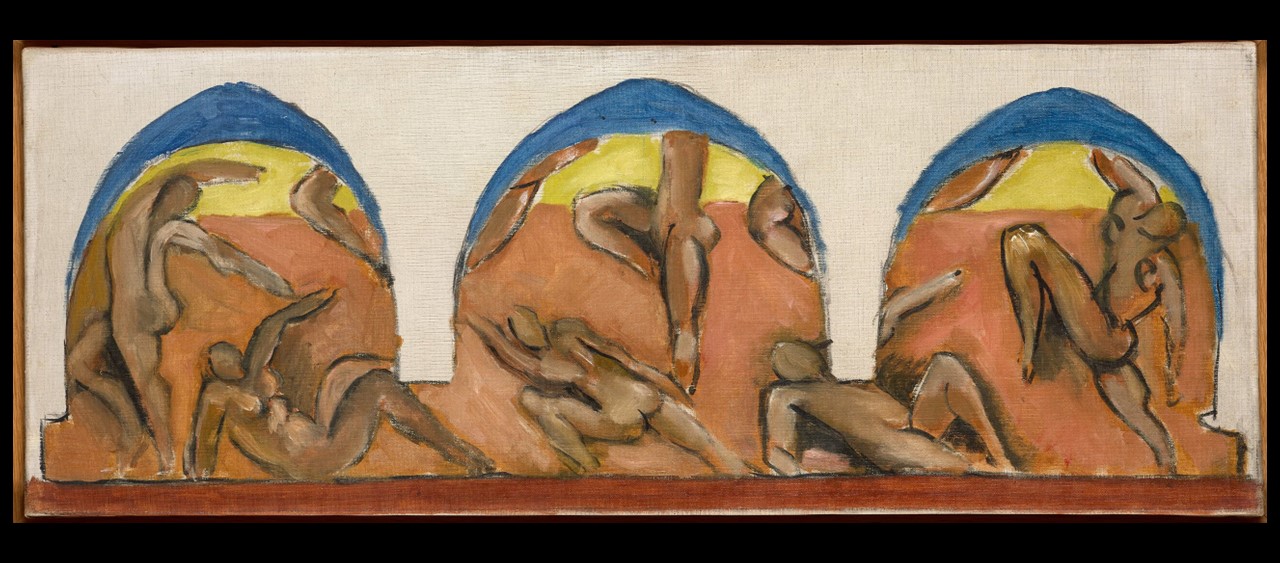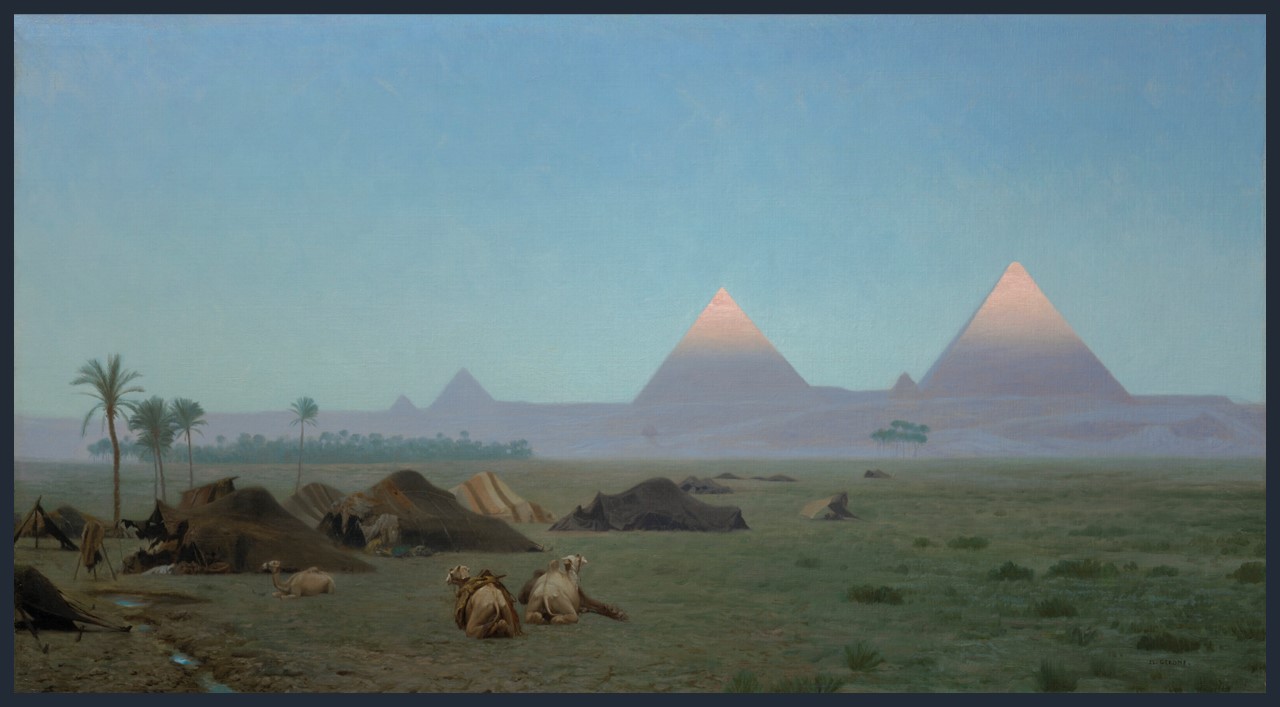
The First Kiss of the Sun, 1886, Oil on Canvas laid on Board, 54 x 100.4 cm, Private Collection https://www.christies.com/en/lot/lot-6438415
Characterized by Ackerman as “The most beautifully composed and painted of Gérôme‘s landscapes”. The First Kiss of the Sun was painted in 1886, six years after Gérôme‘s last trip to Egypt. https://www.christies.com/en/lot/lot-6438415 (G.M. Ackerman, Jean-Léon Gérome, London, 1986)
So… Who is Jean-Léon Gérôme? Why is his painting The First Kiss of the Sunso beautifully composed and painted? What do we know about his artistic achievements? Let’s explore Jean-Léon Gérôme’s oeuvre … by answering some questions!
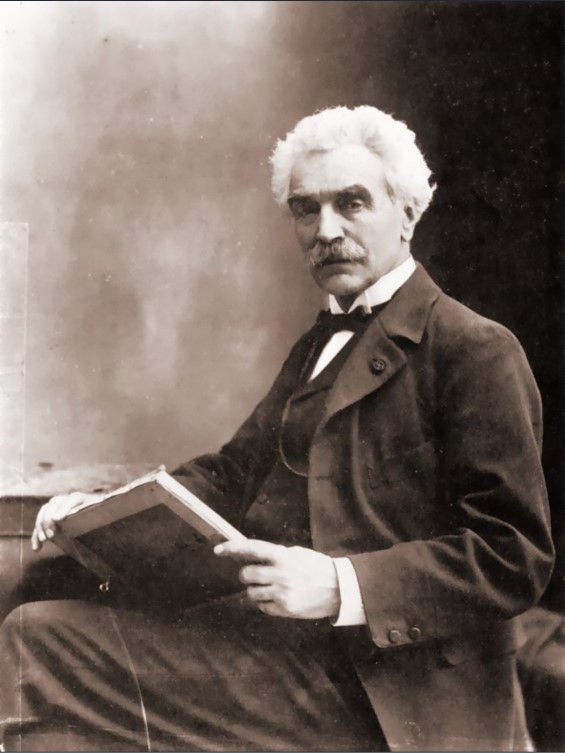
Photo Portrait of French Artist Jean-Léon Gérôme
https://www.artrenewal.org/Artwork/Index/33046
Who is Jean-Léon Gérôme? He is a prominent 19th-century French academic painter, sculptor, and teacher known for his historical and Orientalist works. He was born on May 11, 1824, in Vesoul, France, and passed away on January 10, 1904, in Paris. Gérôme began his artistic training at an early age, studying under Paul Delaroche, a renowned historical painter. He later attended the École des Beaux-Arts in Paris, where he developed a meticulous and highly detailed style that characterized much of his work. His artistry drew heavily from historical and classical themes, often depicting scenes from ancient civilizations and mythology.
How and Why did Gérôme become famous? During the 1850s and 1860s, Gérôme gained widespread recognition and success for his paintings, which often featured archaeological and ethnographic elements. He was particularly acclaimed for his Orientalist pieces, showcasing scenes from the Middle East and North Africa, illustrating the exoticism and culture of these regions. He was a skilled draftsman as well, utilizing precise anatomical and architectural details in his work. His paintings were characterized by their careful composition, vibrant colours, and the depiction of intricate textures. He also explored themes of academic classicism, often depicting heroic or mythological figures.
How is an ‘Orientalist’ artist described? An “Orientalist” artist refers to a Western artist, usually from Europe or North America, who specializes in creating art that focuses on the depiction of the Orient. The Orient, in this context, typically referred to regions of the Middle East, North Africa, and parts of Asia. Orientalist artists were active primarily during the 19th and early 20th centuries, although the influence of Orientalism extends beyond this time frame.
Orientalist artists focused on portraying scenes, landscapes, people, and cultures from the Eastern world. These scenes often included depictions of daily life, historical events, architecture, landscapes, and various customs prevalent in the Orient. They often emphasized the exotic and romantic aspects of the Orient. Artists presented these regions as mysterious, alluring, and different from the Western world. The art was often intended to captivate and fascinate Western audiences.
Why is Gérôme considered to be an Orientalist artist? Gérôme is widely recognized for his artistic focus on depicting scenes, landscapes, and people from the Orient, particularly the Middle East and North Africa. He had, for example, a deep connection to Egypt that greatly influenced his artwork. This connection was primarily through his travels to Egypt, seven times to be precise, and his fascination with its culture, architecture, and history. Gérôme’s interest in Egypt is reflected in a significant portion of his body of work, particularly his Orientalist paintings and sculptures.
How is Gérôme’s painting ‘The First Kiss of the Sun’ best described? According to Christie’s, where The First Kiss of the Sun was auctioned in 2023, the painting dates from 1886, six years after Gérome’s last trip to Egypt. This is probably one of the artist’s most accomplished landscapes. It shows the pyramids of Giza suffused in the golden morning light of the desert sun. This view is from the west, as seen from the rising sun illuminating the summit of each pyramid. The ethereal appearance of the distant pyramids contrasts dramatically with the clearly detailed foreground. Moreover, the haze created by the sand and sunlight lends the picture an air of otherworldliness. The head of the Sphinx is just visible in the middle background. https://www.christies.com/en/lot/lot-6438415
The First Kiss of the Sun Gérôme provides a carefully detailed and beautifully rendered scene of the Giza Plateau, one of Egypt’s most iconic archaeological sites. Interestingly, the painting features the Pharaonic funerary buildings in the background along with a contemporary Bedouin camp in the foreground. The artist captures the soft and ethereal light of the rising sun, which casts a cooler, in my opinion, golden/violet glow on the ancient structures and the surrounding landscape.
How did Gérôme manage to leave a lasting impact on the art world? In addition to his artistic achievements, Gérôme was an influential teacher, serving as a professor at the École des Beaux-Arts in Paris. He mentored many aspiring artists, leaving a lasting impact on the art world through his teachings. Throughout his career, Jean-Léon Gérôme received numerous awards and honours, solidifying his reputation as a leading academic artist of the 19th century. Despite changing artistic trends, his work continues to be appreciated and studied for its historical significance and technical mastery.
For a PowerPoint Presentation of Jean-Léon Gérôme’s Paintings of Egypt, please… Check HERE!
The use of light and shadow accentuates the form and texture of the Pyramids, enhancing the sense of depth and three-dimensionality. Gérôme’s meticulous attention to detail is evident in the accurate rendering of the architectural elements and the presentation of the ‘exotic’ Bedouin campsite. The overall composition conveys a sense of awe and reverence for the historical and cultural significance of the site.
For a PowerPoint on French Academic Art, please… Check HERE!
